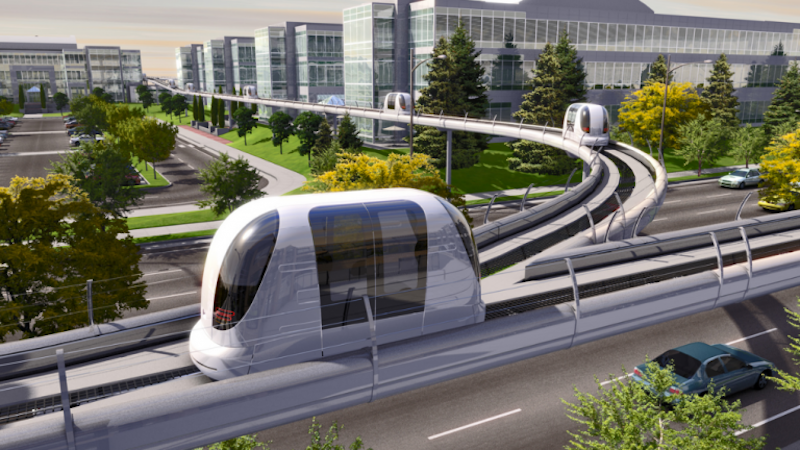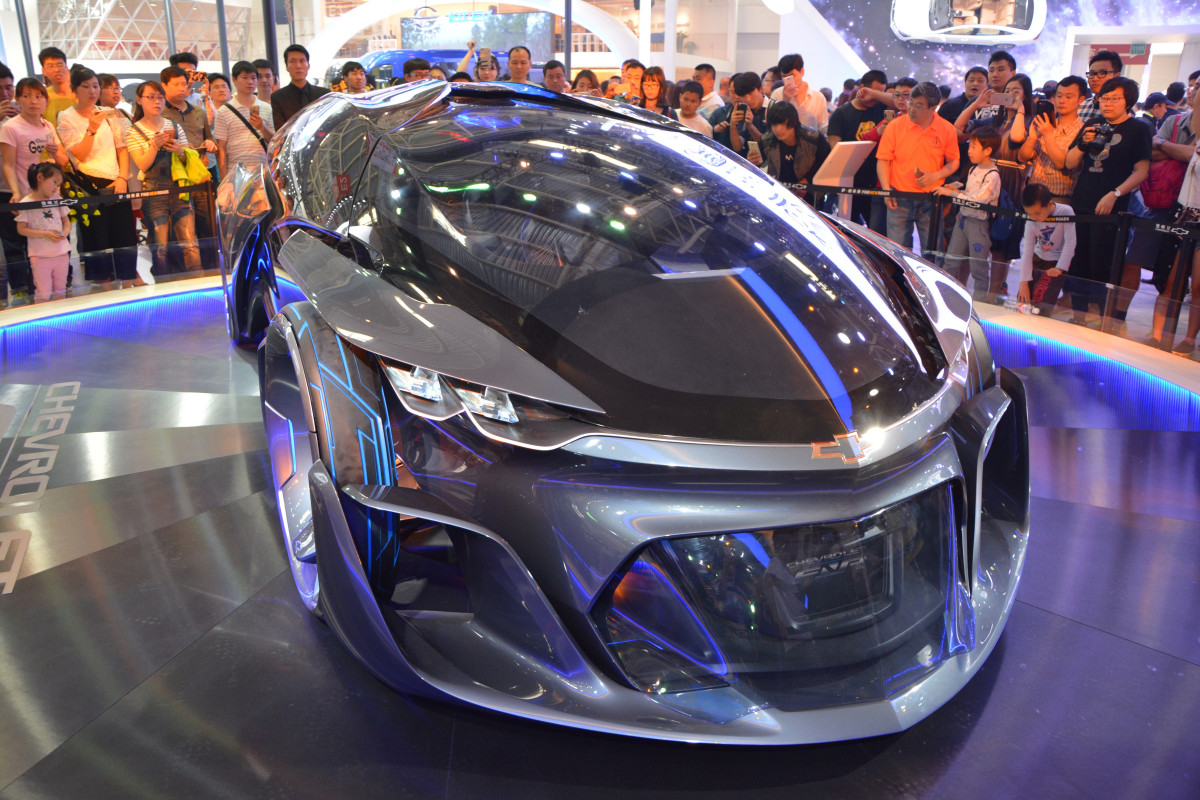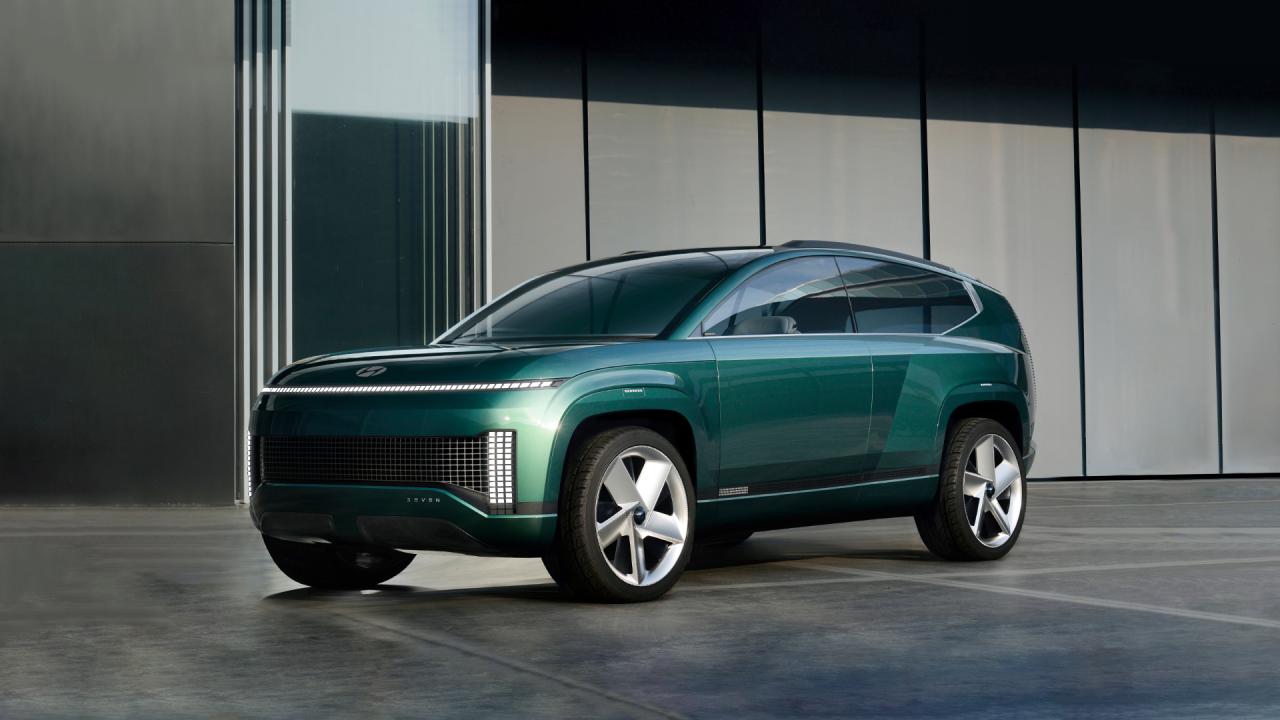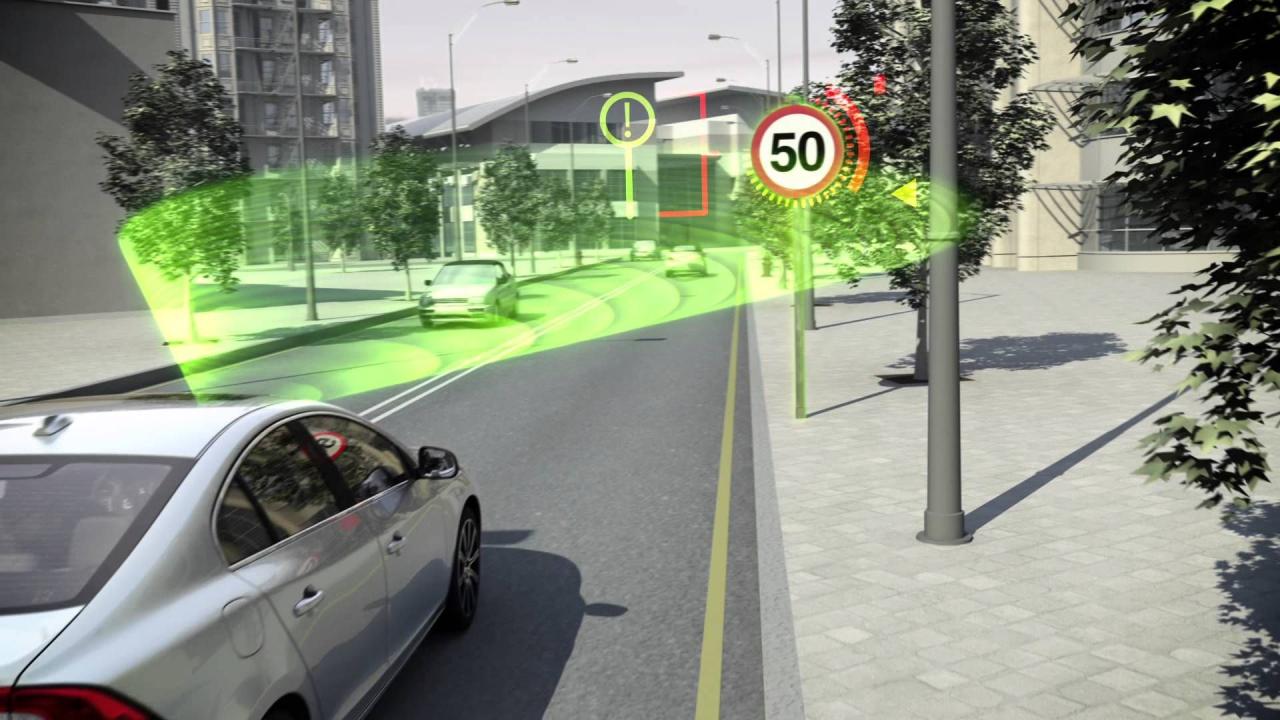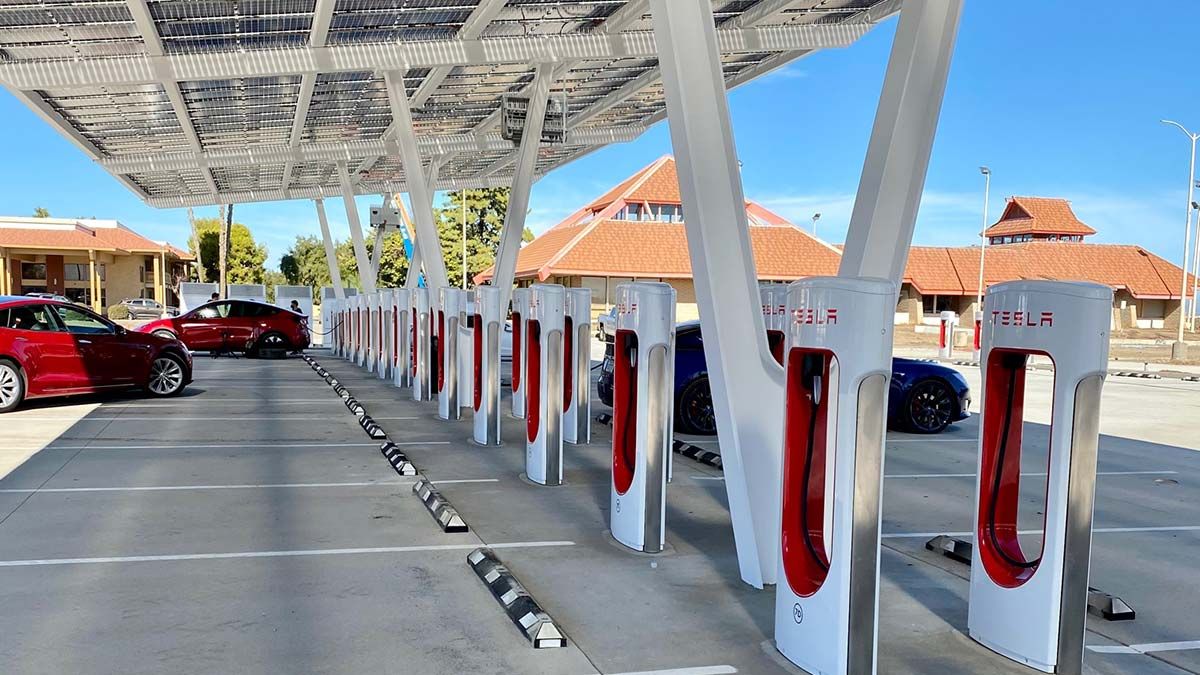Redefining Urban Transport: A Paradigm Shift
The way people move within cities is undergoing a profound and unprecedented transformation. For decades, the dominant paradigm revolved around personal car ownership and a relatively static public transport infrastructure. However, with surging urban populations, escalating environmental concerns, and the relentless march of technological innovation, cities worldwide are urgently seeking urban solutions for future mobility. This isn’t just about faster cars or bigger trains; it’s a holistic re-imagining of how people, goods, and services traverse metropolitan landscapes, aiming for systems that are more efficient, equitable, sustainable, and enjoyable. This paradigm shift holds the promise of decongested streets, cleaner air, enhanced accessibility, and fundamentally more livable urban environments.
The Urban Mobility Challenge: A Growing Crisis
Cities are the engines of global economic growth and cultural exchange, but their very success often creates paralyzing challenges, with transportation at the core.
A. Population Density and Growth: Urban areas are experiencing unprecedented population growth. By 2050, nearly 70% of the world’s population is projected to live in cities. This concentration of people naturally leads to an increased demand for movement, placing immense pressure on existing transport networks. Denser populations mean more commuters, more deliveries, and more social interactions requiring travel, rapidly overwhelming traditional infrastructure.
B. Traffic Congestion and Lost Productivity: Gridlock is a universal urban malady. Hours spent stuck in traffic translate directly into lost productivity, economic inefficiency, and heightened stress levels for residents. The economic cost of congestion, measured in billions of dollars annually for major cities, is a significant drain on national economies. Beyond the financial aspect, it erodes quality of life and contributes to social frustration.
C. Environmental Degradation: Conventional internal combustion engine (ICE) vehicles are major contributors to urban air pollution, including particulate matter, nitrogen oxides, and volatile organic compounds. These pollutants have severe public health implications, contributing to respiratory diseases, heart conditions, and other chronic illnesses. Furthermore, vehicle emissions are a significant source of greenhouse gases, exacerbating climate change. Cities are on the front lines of climate action, and transforming transport is a critical step.
D. Limited Space and Infrastructure Costs: Urban land is a finite and incredibly valuable resource. Expanding road networks or building new mass transit lines in densely packed cities is prohibitively expensive, disruptive, and often logistically challenging. There’s a physical limit to how many lanes can be added or how many rail lines can be laid. This necessitates finding solutions that optimize existing space rather than constantly expanding it.
E. Social Equity and Accessibility Gaps: Current transport systems often perpetuate inequalities. Access to reliable, affordable, and safe transportation can be a major barrier for low-income communities, the elderly, people with disabilities, and those living in underserved areas. Mobility solutions must ensure that all residents, regardless of socio-economic status or physical ability, have equitable access to jobs, education, healthcare, and recreational opportunities.
F. Last-Mile Connectivity: Even with robust public transport, the “last mile” – the distance between a transport hub and a final destination – remains a significant hurdle. This gap often discourages public transit use if the walk or alternative option is too long or inconvenient, pushing people back into private cars.
Pillars of Future Urban Mobility: A Multi-faceted Approach
Addressing these challenges requires a comprehensive, multi-faceted approach, moving beyond single-mode solutions to integrated ecosystems of transport options. Several key pillars define the landscape of future urban mobility:
A. Electrification of Transport: The shift from fossil fuels to electricity is foundational for sustainable urban mobility. i. Electric Vehicles (EVs): From electric cars and buses to e-scooters and e-bikes, EVs produce zero tailpipe emissions, drastically improving urban air quality. The quiet operation of EVs also contributes to reduced noise pollution. Governments are incentivizing EV adoption through subsidies, charging infrastructure development, and preferential parking. ii. Charging Infrastructure: The successful transition to EVs hinges on a robust and ubiquitous charging network. This includes public charging stations (fast chargers, destination chargers), workplace charging, and residential charging solutions. Innovations like inductive charging (wireless) and battery swapping are also being explored to reduce charging times and expand convenience. iii. Grid Integration: Managing the increased demand for electricity from a vast EV fleet requires smart grid solutions. Vehicle-to-grid (V2G) technology, where EVs can feed electricity back into the grid during peak demand or provide ancillary services, could turn vehicle batteries into valuable energy storage assets, enhancing grid stability and resilience.
B. Shared Mobility Services: Moving away from individual car ownership towards shared access is crucial for reducing congestion and optimizing resource use. i. Ride-hailing and Ride-sharing: Services like Uber and Grab have already reshaped urban transport, offering on-demand rides. The evolution includes ride-sharing, where multiple passengers traveling in similar directions share a single vehicle, further reducing vehicle miles traveled. ii. Car-sharing: Platforms that allow users to rent cars for short periods (hourly or by the minute) provide flexibility without the burdens of ownership. This includes free-floating services where cars can be picked up and dropped off anywhere within a defined zone. iii. Micro-mobility: This segment encompasses light, often electric, vehicles for short-distance travel. E-scooters and e-bikes, available through sharing platforms, offer convenient, flexible, and eco-friendly options for the “last mile” or short commutes, reducing reliance on cars for quick trips. iv. Pooled Public Transit (Microtransit): Demand-responsive shuttle services that operate on flexible routes, often leveraging algorithms to optimize pickups and drop-offs based on real-time requests. This bridges the gap between traditional fixed-route public transit and private ride-hailing, serving areas with lower demand or providing off-peak services.
C. Autonomous Vehicles (AVs) and Intelligent Transport Systems (ITS): Self-driving technology promises revolutionary changes in safety, efficiency, and accessibility. i. Autonomous Shuttles and Robotaxis: Level 4 autonomous vehicles operating in geo-fenced urban areas can provide highly efficient, always-available public transport or ride-hailing services. Without a human driver, operational costs decrease, allowing for more frequent services. They can be dynamically dispatched to areas of high demand. ii. Autonomous Logistics and Delivery: Self-driving trucks, vans, and even ground robots can revolutionize urban logistics, making deliveries more efficient, faster, and potentially cheaper. This reduces human labor costs and can operate 24/7, reducing daytime congestion. iii. Intelligent Traffic Management Systems: Leveraging AI, real-time data, and V2X (Vehicle-to-Everything) communication, these systems optimize traffic light timings, manage adaptive lane usage, provide dynamic route guidance to drivers, and respond to incidents in real-time, significantly improving overall traffic flow and safety. This involves predictive analytics to anticipate congestion. iv. Sensor Networks and Data Analytics: Cities are becoming giant sensor networks, collecting vast amounts of data on traffic patterns, pedestrian flows, air quality, and more. Advanced data analytics and machine learning are used to derive actionable insights, predict future conditions, and optimize urban mobility strategies.
D. Integrated Multimodal Transport: The future isn’t about one solution but a seamless combination of many. i. Mobility-as-a-Service (MaaS): MaaS platforms integrate various forms of transport (public transit, ride-hailing, bike-sharing, car-sharing) into a single, user-friendly app. Users can plan, book, and pay for their entire journey across different modes, promoting holistic travel planning and reducing reliance on private cars. It offers a subscription model or pay-as-you-go. ii. Intermodal Hubs: Designing transport hubs that seamlessly connect different modes – train stations integrating with bus terminals, bike-sharing docks, and ride-hail pickup zones – encourages efficient transfers and public transit use. These hubs can also incorporate charging infrastructure and micro-mobility rentals. iii. Active Mobility Infrastructure: Prioritizing walking and cycling through dedicated pedestrian zones, extensive bike lane networks, and safe crossings. This not only promotes health and reduces emissions but also frees up road space for other transport modes. Investments in urban planning that prioritize walkability are crucial.
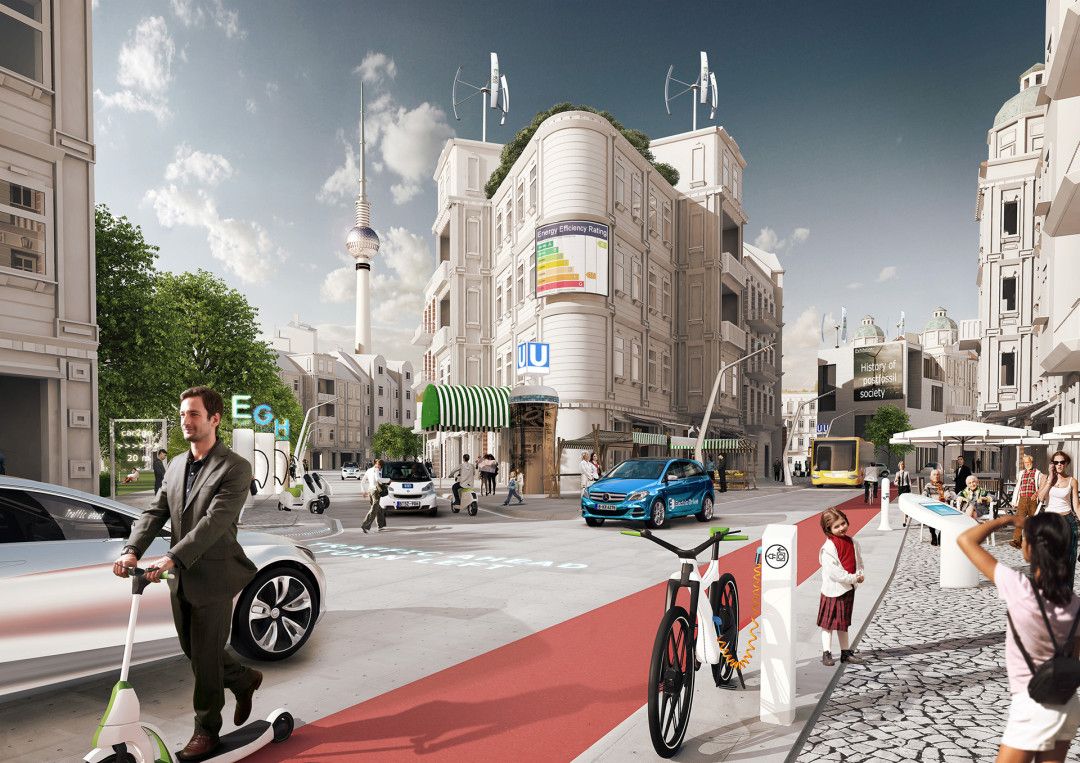
The Enablers: Technology, Policy, and Public Engagement
The successful implementation of future urban mobility solutions hinges on several critical enablers, ranging from cutting-edge technology to effective governance and community involvement.
A. Advanced Digital Infrastructure: i. 5G Connectivity: High-speed, low-latency 5G networks are essential for real-time data exchange required by autonomous vehicles, V2X communication, and MaaS platforms. It enables rapid communication between vehicles, infrastructure, and cloud services. ii. Cloud Computing and Big Data: Massive amounts of data generated by connected vehicles, sensors, and mobility services need robust cloud infrastructure for storage, processing, and analysis. Big data analytics drives predictive models for traffic management, demand forecasting for shared services, and urban planning. iii. Cybersecurity: As mobility systems become increasingly connected and automated, cybersecurity becomes paramount. Protecting these critical infrastructures from cyberattacks is crucial to prevent disruptions, data breaches, and ensure public safety. Robust encryption, intrusion detection, and incident response protocols are vital.
B. Progressive Urban Planning and Policy: i. Smart City Initiatives: Cities are increasingly adopting “smart city” frameworks, using technology and data to improve urban services, including transport. This involves a holistic approach to urban management, where mobility is integrated with energy, waste, and public safety systems. ii. Regulation and Incentives: Governments play a pivotal role in shaping mobility behaviors through policy. This includes congestion pricing, low-emission zones, incentives for EV adoption, subsidies for public transport, and regulations for autonomous vehicle testing and deployment. Creating regulatory sandboxes for new technologies can foster innovation. iii. Data Governance and Sharing: Establishing clear policies for data collection, ownership, privacy, and sharing among public and private entities is crucial. Open data platforms can foster innovation in mobility services, while robust privacy frameworks build public trust. iv. Public-Private Partnerships (PPPs): Collaborations between city governments and private technology companies are vital for funding, developing, and deploying innovative mobility solutions. PPPs can leverage private sector expertise and capital while ensuring public good is prioritized.
C. Public Engagement and Behavioral Change: i. Education and Awareness: Informing citizens about new mobility options, their benefits, and how to use them is essential for adoption. Public campaigns can highlight the environmental, economic, and convenience advantages of sustainable transport modes. ii. User-Centric Design: Mobility solutions must be designed with the end-user in mind, ensuring they are intuitive, reliable, accessible, and address real-world needs. Feedback mechanisms allow for continuous improvement. iii. Addressing Equity Concerns: Ensuring that new mobility solutions do not inadvertently exclude or disadvantage certain segments of the population. This includes providing affordable options, ensuring accessibility for people with disabilities, and extending services to underserved neighborhoods. It’s about designing mobility for all. iv. Incentivizing Sustainable Choices: Beyond policy, behavioral nudges can encourage more sustainable transport choices. Gamification, loyalty programs, or personalized recommendations within MaaS apps can make eco-friendly options more appealing and rewarding.
Case Studies and Emerging Trends
Across the globe, cities are becoming living laboratories for future mobility, demonstrating innovative approaches and shaping emerging trends.
A. Singapore’s Integrated Approach: Singapore is a leading example of a “smart nation” with a highly integrated transport system. They combine robust public transit with extensive MaaS platforms, a strong focus on autonomous vehicle testing in specific zones, and strategic road pricing (Electronic Road Pricing – ERP) to manage congestion. Their Land Transport Authority is heavily involved in data-driven planning and innovation.
B. Copenhagen’s Cycling Revolution: Copenhagen has transformed itself into a cycling paradise, with over 62% of its residents commuting by bike daily. This was achieved through decades of consistent investment in dedicated cycling infrastructure, traffic calming measures, and urban planning that prioritizes cyclists and pedestrians. Their success shows the power of active mobility.
C. Helsinki’s MaaS Vision: Helsinki is pioneering MaaS with Whim, an app that bundles public transport, taxis, car-sharing, and bike-sharing into a single subscription. It aims to make car ownership obsolete by offering a seamless and convenient alternative, highlighting the potential for truly integrated multimodal services.
D. China’s Electric Vehicle Dominance: Chinese cities have rapidly adopted electric vehicles, particularly electric buses and taxis, on an unparalleled scale. Government incentives, robust charging infrastructure deployment, and local manufacturing capabilities have propelled this shift, demonstrating how policy can rapidly accelerate electrification. Shenzhen, for example, boasts an almost entirely electric bus fleet.
E. Emerging Air Mobility (Urban Air Mobility – UAM): While still in its nascent stages, the concept of Urban Air Mobility (UAM), involving electric vertical take-off and landing (eVTOL) aircraft, is gaining traction. These “flying taxis” or cargo drones could alleviate ground congestion and provide rapid point-to-point travel in the future, particularly for critical services or premium travel. Challenges include regulatory approval, safety, noise pollution, and infrastructure for vertiports.
F. Hyperloop and High-Speed Connectivity: Beyond urban boundaries, high-speed transportation concepts like Hyperloop propose ultra-fast connections between cities, reducing travel times drastically and potentially altering regional urban development patterns by making distant cities effectively “suburbs” of major hubs.
The Road Ahead: A Collaborative Journey
The journey towards truly future-proof urban mobility is complex and iterative. There is no single magic bullet; instead, it requires a carefully orchestrated symphony of technological innovation, forward-thinking policy, and widespread public buy-in. Cities must act as living laboratories, experimenting with new solutions, learning from successes and failures, and adapting strategies to their unique contexts.
The ultimate goal is not just to move people and goods more efficiently, but to create cities that are healthier, more sustainable, more inclusive, and more enjoyable for everyone. This future will see fewer privately owned cars, more shared electric vehicles, a stronger emphasis on walking and cycling, and highly integrated digital platforms that make navigating the urban landscape effortless. It’s a collaborative journey involving city planners, policymakers, technology developers, private enterprises, and most importantly, the citizens themselves. By embracing these urban solutions and fostering a spirit of innovation, cities can truly leapfrog into a future where mobility is no longer a burden, but a catalyst for prosperity and well-being. The road ahead is challenging, but the potential rewards for urban living are immense, offering a cleaner, greener, and more connected tomorrow.

